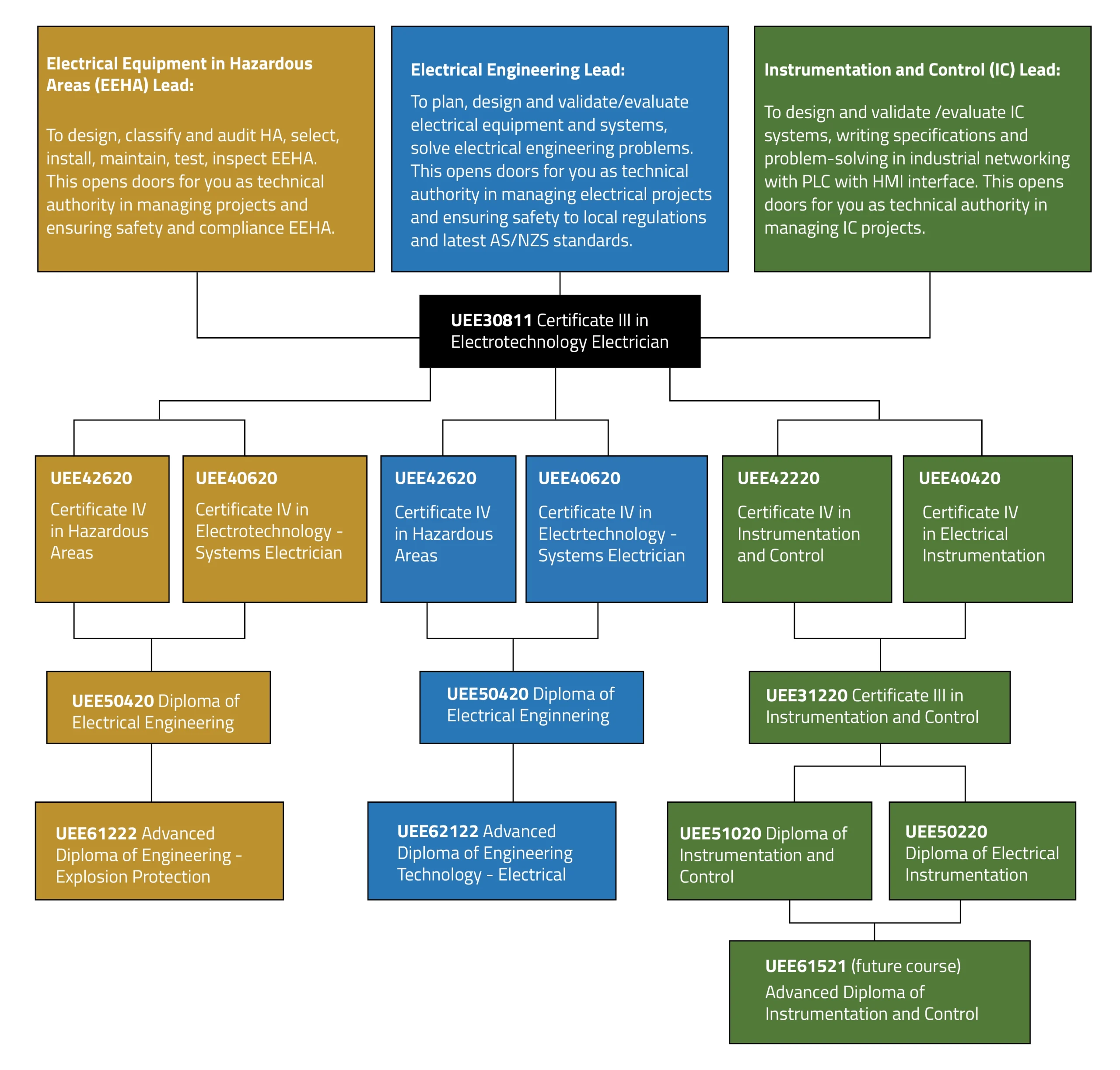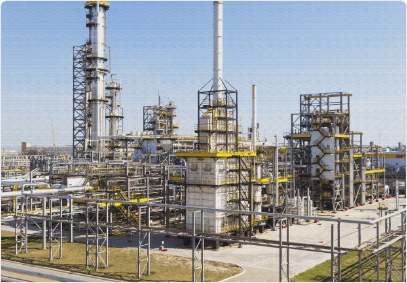Roar Solutions Fundamentals Explained
Roar Solutions Fundamentals Explained
Blog Article
Things about Roar Solutions
Table of ContentsNot known Facts About Roar SolutionsAn Unbiased View of Roar SolutionsThe Best Guide To Roar Solutions
In order to secure setups from a prospective surge an approach of evaluating and classifying a possibly harmful location is needed. The objective of this is to make certain the appropriate selection and setup of tools to eventually prevent a surge and to guarantee safety and security of life.
(https://www.cybo.com/AU-biz/roar-solutions)
No equipment should be mounted where the surface area temperature level of the devices is above the ignition temperature level of the offered danger. Below are some typical dust unsafe and their minimum ignition temperature. Coal Dust 380C 225C Polythene 420C (melts) Methyl Cellulose 420C 320C Starch 460C 435C Flour 490C 340C Sugar 490C 460C Grain Dirt 510C 300C Phenolic Material 530C > 450C Aluminium 590C > 450C PVC 700C > 450C Residue 810C 570C The likelihood of the risk being present in a focus high adequate to trigger an ignition will differ from area to location.
In order to classify this danger a setup is divided into areas of threat relying on the quantity of time the unsafe is present. These areas are described as Areas. For gases and vapours and dirts and fibres there are 3 zones. Area 0 Area 20 An unsafe atmosphere is extremely most likely to be present and may be present for extended periods of time (> 1000 hours each year) or even continuously Zone 1 Zone 21 A harmful ambience is feasible however not likely to be present for extended periods of time (> 10 450 C [842 F] A classification of T6 implies the minimal ignition temperature level is > 85 C [185 F] Dangerous area electrical equipment possibly created for usage in higher ambient temperature levels. This would showed on the score plate e.g. EExe II C T3 Ta + 60C( This indicates at 60C ambient T3 will certainly not be gone beyond) T1 T1, T2, T3, T4, T5, T6 T2 T2, T3, T4, T5, T6 T3 T3, T4, T5, T6 T4 T4, T5, T6 T5 T5, T6 T6 T6 A T Class ranking of T1 indicates the maximum surface temperature level created by the tool at 40 C is 450 C. Thinking the associated T Class and Temperature ranking for the tools are proper for the area, you can constantly use a tool with a much more rigid Division score than needed for the location. There isn't a clear answer to this inquiry however. It truly does depend on the kind of tools and what repair services require to be accomplished. Devices with details examination treatments that can not be performed in the field in order to achieve/maintain third event ranking. Need to come back to the manufacturing facility if it is prior to the tools's solution. Area Repair By Authorised Personnel: Complicated screening may not be required however specific treatments might need to be adhered to in order for the tools to preserve its 3rd party ranking. Authorised employees should be utilized to carry out the work properly Fixing need to be a like for like replacement. New part need to be considered as a direct replacement needing no unique screening of the devices after the repair service is full. Each item of tools with an unsafe rating should be evaluated individually. These are described at a high degree below, but also for even more detailed details, please refer straight to the guidelines.
The 20-Second Trick For Roar Solutions
The equipment register is a thorough database of equipment documents that consists of a minimum set of areas to recognize each item's location, technical parameters, Ex classification, age, and environmental data. This details is crucial for monitoring and handling the tools efficiently within unsafe locations. In contrast, for regular or RBI sampling assessments, the quality will certainly be a mix of Thorough and Close examinations. The ratio of In-depth to Shut inspections will certainly be determined by the Devices Risk, which is assessed based upon ignition risk (the possibility of a source of ignition versus the chance of a combustible environment )and the harmful location category
( Area 0, 1, or 2). This variant will likewise affect the resourcing needs for work preparation. Once Great deals are specified, you can create tasting plans based on the sample dimension of each Whole lot, which describes the number of arbitrary devices items to be evaluated. To determine the required example size, 2 elements need to be evaluated: the dimension of the Lot and the category of examination, which indicates the degree of initiative that must be used( lowered, typical, or increased )to the examination of the Whole lot. By incorporating the group of assessment with the Lot dimension, you can then develop the appropriate denial requirements for a sample, suggesting the permitted number of malfunctioning products found within that example. For more information on this process, please refer to the Energy Institute Guidelines. The IEC 60079 basic recommends that the maximum period between examinations should not surpass three years. EEHA assessments will certainly additionally be carried out outside of RBI campaigns as part of arranged upkeep and equipment overhauls or repair services. These evaluations can be credited towards the RBI example sizes within the impacted Whole lots. EEHA assessments are conducted to recognize faults in electrical tools. A heavy racking up system is essential, as a single tool might have numerous mistakes, each with differing levels of ignition threat. If the mixed score of both examinations is less than twice the mistake rating, the Great deal is considered appropriate. If the Great deal is still taken into consideration undesirable, it must go through a full examination or justification, which may activate stricter inspection procedures. Accepted Lot: The reasons of any type of faults are determined. If a typical failure setting is located, added devices may require maintenance. Faults are categorized by severity( Security, Honesty, Home cleaning ), making sure that immediate concerns are analyzed and addressed without delay to reduce any type of effect on safety or operations. The EEHA database must track and record the lifecycle of faults along with the corrective activities taken. Applying a robust Risk-Based Assessment( RBI )approach is critical for guaranteeing conformity and security in managing Electric Devices in Hazardous Areas( EEHA) (Roar Training Solutions). Automated Mistake Scoring and Lifecycle Management: Easily manage faults and track their lifecycle to improve examination precision. The introduction of this assistance for risk-based examination even more strengthens Inspectivity's position as a best-in-class solution for regulatory conformity, along with for any kind of asset-centric inspection use situation. If you have an interest in finding out more, we invite you to ask for a presentation and discover just how our solution can change your EEHA management processes.
Roar Solutions Things To Know Before You Buy

In terms of explosive danger, a harmful location is an atmosphere in which an eruptive ambience is existing (or may be expected to be present) in amounts that call for special preventative measures for the building, installation and use of tools. eeha certificate. In this write-up we explore the obstacles faced in the office, the danger control actions, and the required competencies to work safely
It is an effect of modern life that we make, save or deal with go to this website a range of gases or liquids that are regarded combustible, and a series of dirts that are considered combustible. These substances can, in certain conditions, develop eruptive atmospheres and these can have major and heartbreaking effects. Most of us know with the fire triangular remove any among the 3 elements and the fire can not take place, however what does this mean in the context of hazardous areas? When breaking this down right into its easiest terms it is basically: a combination of a certain amount of launch or leak of a particular substance or material, combining with ambient oxygen, and the existence of a resource of ignition.
In most circumstances, we can do little concerning the levels of oxygen airborne, but we can have considerable impact on sources of ignition, as an example electric tools. Harmful locations are documented on the harmful location category drawing and are recognized on-site by the triangular "EX" sign. Right here, amongst other essential info, zones are divided into three types depending on the danger, the likelihood and duration that an eruptive ambience will exist; Area 0 or 20 is considered one of the most unsafe and Area 2 or 22 is considered the least.
Report this page